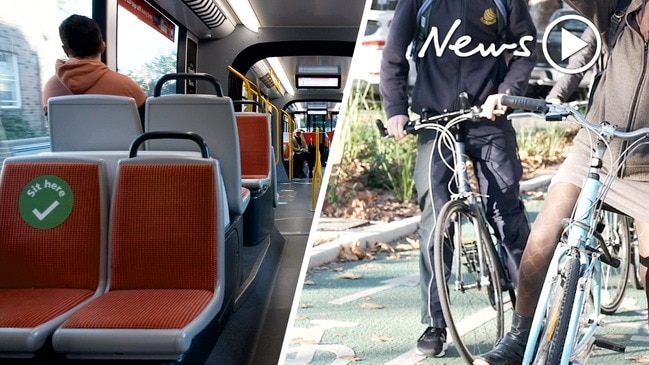New data reveals which Australian cities had the longest and shortest commute times in 2020
New data has revealed which Australian city has the most painful commute times. Here’s how your city fared.

New research has revealed which Australian cities had the longest and shortest commute times last year.
Despite the nation handling COVID-19 well compared with other countries, 53 per cent of Australians said the pandemic changed how often they rode public transport, according to Moovit’s annual report.
It also led to 31 per cent of Australians wanting to know how crowded a vehicle was before boarding.
The top three reasons that would encourage more people to get back on public transport were: if social distancing regulations were adhered to at stops and stations, the frequency of vehicles was increased so they were less crowded, and if hand sanitiser was available on vehicles and at stops and stations.

The findings suggested Adelaidians experienced the shortest public transport commute times in the nation — with almost half of riders travelling up to 30 minutes — while Melburnians endured the longest.
In the City of Churches, 57 per cent of people used a single line to get to their destination, while 15 per cent of Sydneysiders had three or more transfers.
The data also found Brisbane locals had the longest wait times at stops and stations in the country, averaging 12 minutes, with 14 per cent waiting for more than 20 minutes.

Moovit’s chief growth and marketing officer Yovav Meydad said data could help cities and transport agencies gain insights into what commuters needed in order to increase mass transport use.
“We’re living in a time where data is more important than ever before,” he said.
“This report is a great tool for transport agencies, operators, and municipalities to learn about the services they can offer to fill in the gaps and keep their city running.”
Two categories were included in Moovit’s 2020 Global Public Transport Report, which looked at mobile payment demand and the impact of COVID-19 on usage.
In Australia, data was analysed in the Adelaide, Brisbane and southwest Queensland, Melbourne and Victoria, and Sydney and NSW regions.



